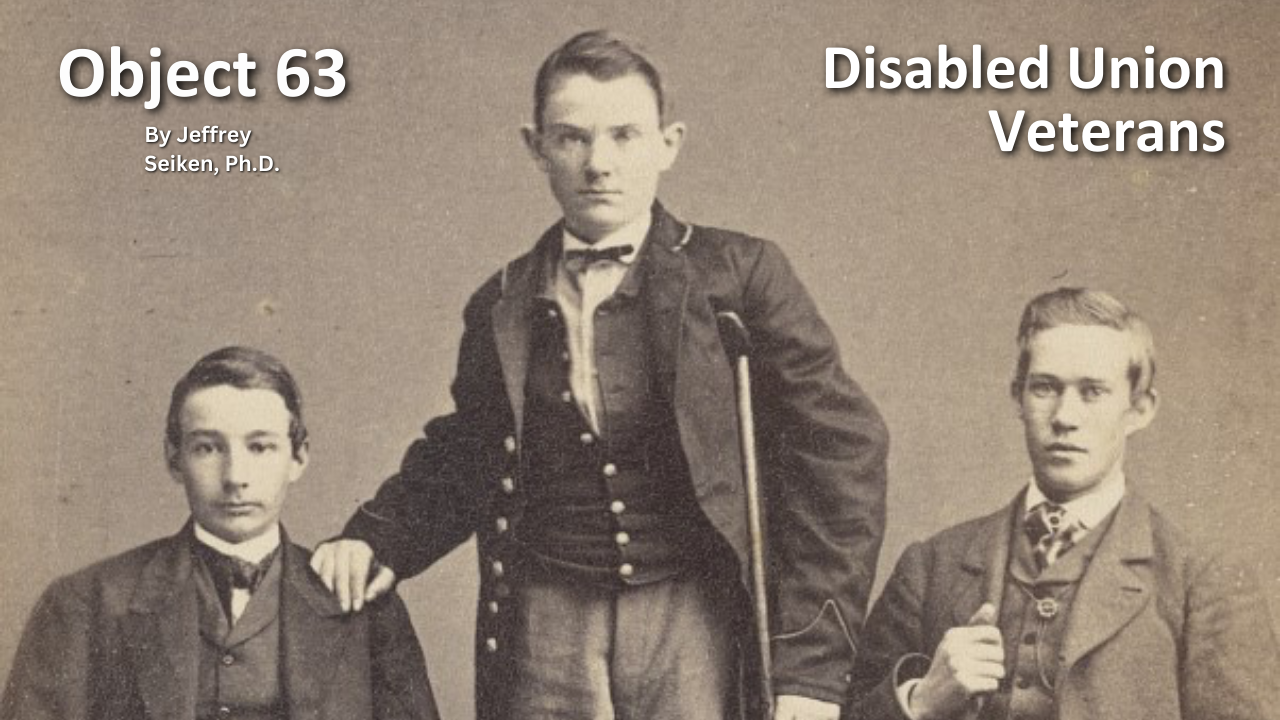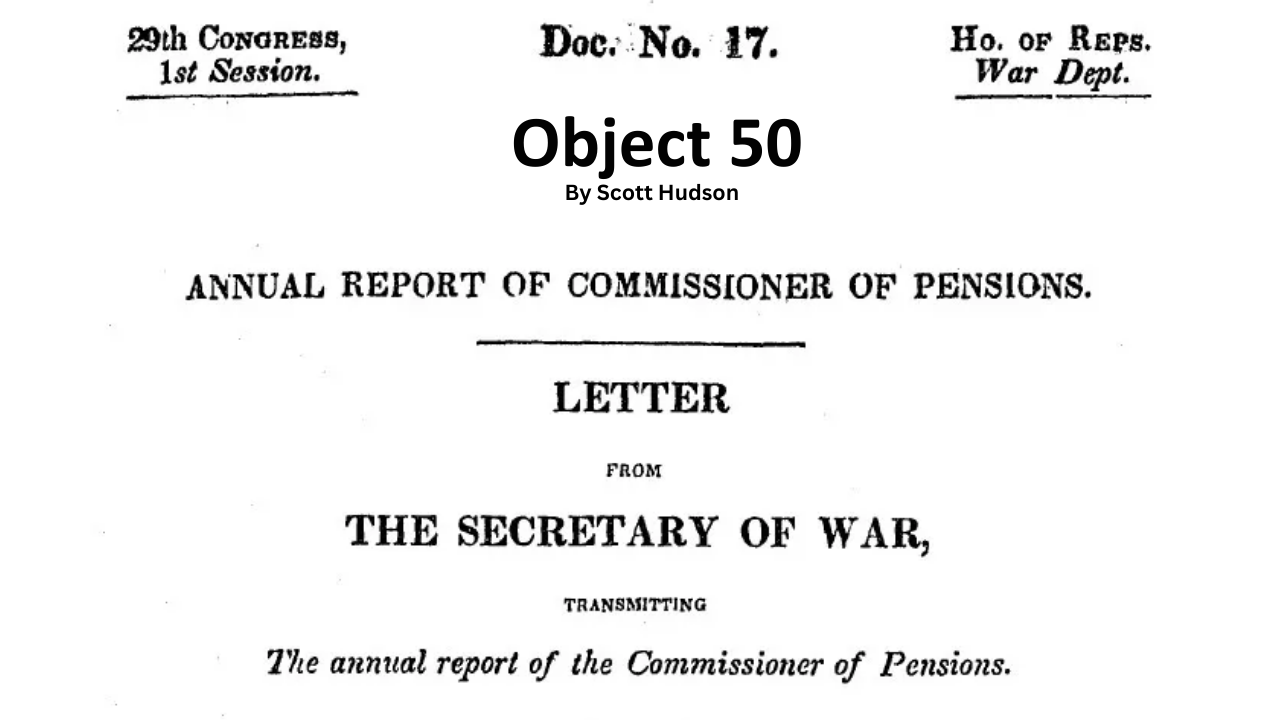
Featured Stories
Happy Birthday America! How VA and Its Predecessors Celebrated the Nation’s Independence at 100, 150, and 200 years
In 2026, the United States will celebrate the 250th anniversary of its independence. While this will be the Department of Veterans Affairs’ first national centennial since becoming a cabinet-level department in 1989, its predecessor organizations, including the National Home for Disabled Volunteer Soldiers, the Pension Bureau, the Veterans Bureau, and the Veterans Administration, routinely participated in national centennial commemorations. Each served to honor the contributions of American Veterans in preserving freedom.

History of VA in 100 Objects
Object 85: Congressman Claypool’s “$1 Per Day Pension” Ribbon
Founded in 1866 as fraternal organization for Union Veterans, the Grand Army of the Republic (GAR) embraced a new mission in the 1880s: political activism. The GAR formed a pension committee in 1881 for the express purpose of lobbying Congress for more generous pension benefits.
An artifact from the political wrangling over pensions is now part of the permanent collection of the National VA History Center in Dayton, Ohio. The item is a small pension ribbon displaying the message: “I endorse the $1 per day pension as recommended by the Departments of Ohio and Indiana G.A.R.” The button attached to the ribbon features two American flags and the phrase “saved by the boys of ’61-65.” The back of the ribbon bears the signature of Horatio C. Claypool, a Democratic judge who ran for the seat in Ohio’s eleventh Congressional district in the 1910 mid-term elections.

History of VA in 100 Objects
Object 63: Disabled Union Veterans
The North’s victory in the Civil War came at an enormous cost to the more than two million men who fought for the Union cause. Over 350,000 lost their lives due to battle or disease. Almost as many were wounded in action. According to Northern medical records, Union surgeons performed just under 30,000 amputations during the war. For these disabled Union Veterans, Congress made provisions to provide monetary compensation. In July 1861, lawmakers hastily passed a law for Union recruits making them eligible for the same pension allowances as soldiers in the Regular Army. Later in 1862, for the first time, a pension law explicitly granted benefits not just for men wounded in battle but also to those suffering from “disease contracted while in the service of the United States.”

History of VA in 100 Objects
Object 50: Commissioner of Pensions Annual Report
In 1832, the federal government found itself with a pension problem largely of its own making. In June, Congress passed a law granting a pension to all surviving Revolutionary War Veterans who had served for at least six months, but the increased applications overwhelmed the staff handling claims. A Commissioner of Pensions was then appointed to address the issues.

History of VA in 100 Objects
Object 42: Pension Bureau Special Examiners
The pension system expanded enormously after the Civil War. The number of Union Veterans, widows, and dependents drawing a pension from the federal government rose from 15,000 in 1863 to over 200,000 in 1871. The soaring size and costs of the pension system raised concerns about the prevalence of fraud, which the Pension Bureau aimed to stop with special examiners.

History of VA in 100 Objects
Object 13: Veterans’ Administration Seal
On July 21, 1930, President Herbert C. Hoover signed Executive Order 5398 establishing the Veterans’ Administration (VA), the forerunner of today’s Department of Veterans Affairs. Soon Adminstrator Frank Hines had created a new Veterans' Administration seal to go with the new agency.

History of VA in 100 Objects
Object 12: Pension Bureau Building
In 1882, the Pension Bureau hired 770 new clerks, doubling the size of its work force. The additional manpower was necessary to keep up with the explosive growth of the pension system after the Civil War. Work soon began on constructing a new Pension Bureau building to serve as the headquarters and home for the enlarged work force.

Featured Stories
1921: Veterans Bureau is born – precursor to Department of Veteran Affairs
President Warren G. Harding made a commitment to streamline and improve benefit services for the millions of World War I Veterans in the U.S. In August of 1921, he signed the bill creating the Veterans Bureau, the first independent federal agency to manage all facets of Veterans care. The legacy of the Veterans Bureau lives on in the modern VA, which continues its forerunner’s tradition of service to Veterans and their dependents.



